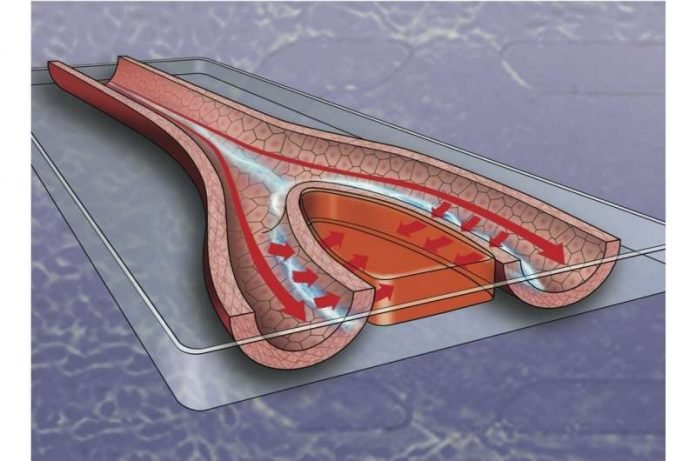
In a new study, researchers found that electric stimulation may be able to help blood vessels carry white blood cells and oxygen to wounds, speeding healing.
They found that steady electrical stimulation generates increased permeability across blood vessels, providing new insight into the ways new blood vessels might grow.
The electrical stimulation provided a constant voltage with an accompanying electric current in the presence of fluid flow.
The findings indicate that stimulation increases the permeability of the blood vessel—an important characteristic that can help wound-healing substances in the blood reach injuries more efficiently.
The research was conducted by a team at The Ohio State University.
In the study, the team tested human cells and found that stimulating blood vessels with electricity showed a marked increase in blood vessel permeability, which is a physical marker suggestive of possible new vessel growth.
Blood vessels are crucial for wound healing: They thread throughout your body, carrying nutrients, cells, and chemicals that can help control inflammation caused by an injury.
Oxygen and white blood cells—which protect the body from foreign invaders—are two key components delivered by blood vessels.
But when there is an injury—for example, a cut on your finger—the architecture of the blood vessels at the wound site is disrupted.
That also interrupts the vessels’ ability to help the wound heal.
Blood vessels regrow on their own, almost like the branches of trees, without external sources of electricity, as part of the healing process.
The team says these initial findings are exciting, and the next phase of the work will require them to study if and how they can actually grow new vessels.
One author of the study is Shaurya Prakash. The study is published in the Royal Society of Chemistry journal Lab on a Chip.
Copyright © 2021 Knowridge Science Report. All rights reserved.



